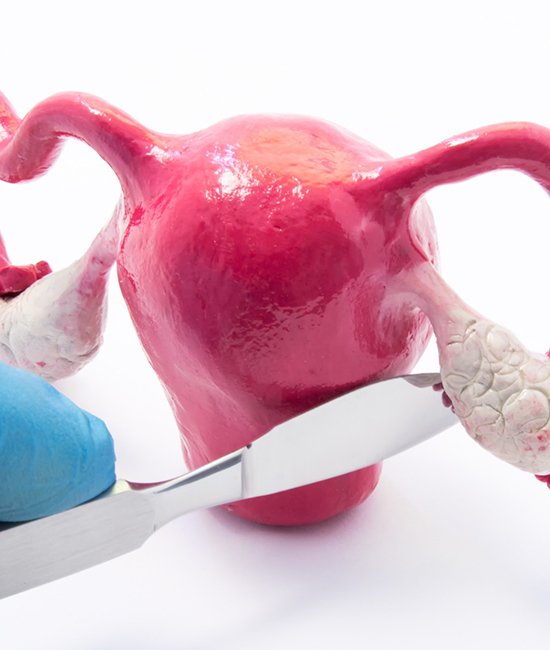Ovarian Cyst Treatment
 OVARIAN CYSTS (FUNCTIONAL OVARIAN CYSTS)
OVARIAN CYSTS (FUNCTIONAL OVARIAN CYSTS)
Ovarian cysts are fluid-filled sacs that form in the ovaries.
Ovarian cysts are usually harmless
1. Functional Cysts: They are the most common cysts.
Follicular Cysts: During ovulation, an egg follicle matures and ruptures to release the egg. Sometimes this follicle does not rupture and grows into a cyst.
Corpus Luteum Cyst: After ovulation, the follicle turns into a structure called the corpus luteum. This structure can sometimes fill with fluid and form a cyst.
2. Pathologic Cysts:
Dermoid Cysts (Teratomas): These cysts are usually congenital and can contain various types of tissue (hair, skin, teeth, etc.). They are treated surgically.
Cystadenomas: These are fluid-filled cysts that develop on the surface of the ovary. They may be serous or mucous. They are treated surgically.
Endometriomas:. They are formed when intrauterine tissue is located in the ovaries and are often called “chocolate cysts”.
3. Polycystic Ovary Syndrome (PCOS):
- In this syndrome, many small cysts form on the ovaries. These cysts, caused by hormonal imbalances, can interfere with the ovulation process.
Symptoms of Ovarian Cysts:
- They may usually be asymptomatic (especially functional ovarian cysts are asymptomatic).
- Pain or pressure in the lower abdomen.
- Menstrual irregularities.
- Changes in urination or bowel movements.
- Bloating in the abdomen.
Treatment
Ovarian cysts usually disappear on their own. However, if they are symptomatic or growing, treatment may be needed:
Small and harmless cysts are usually only monitored.
For cysts due to hormonal imbalances, birth control pills may be recommended.
Large, symptomatic or suspicious cysts may require surgery. Especially with laporoscopic surgery, ovarian cysts can be easily operated on and recovery is rapid.